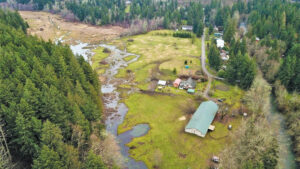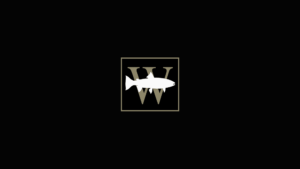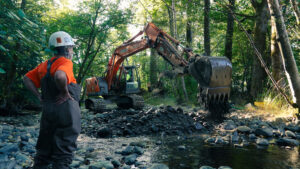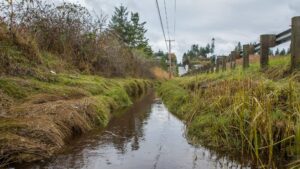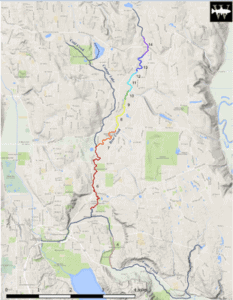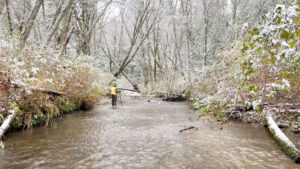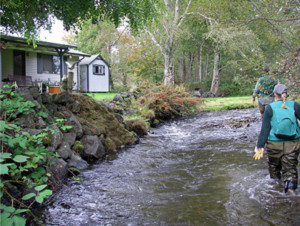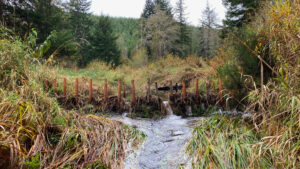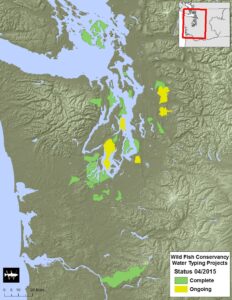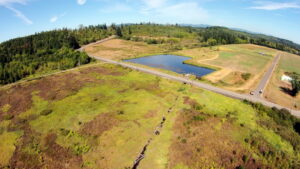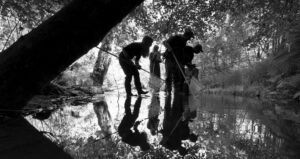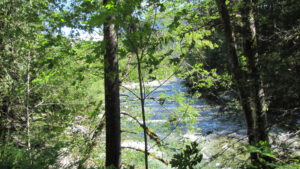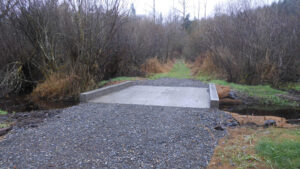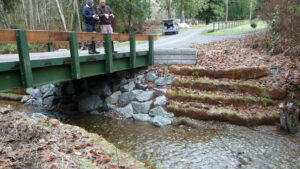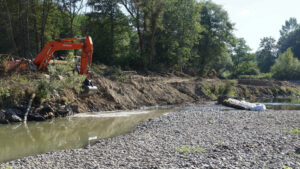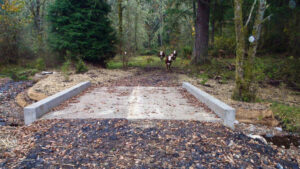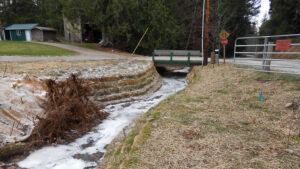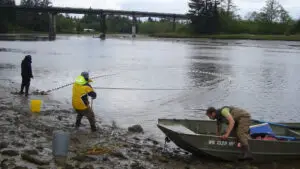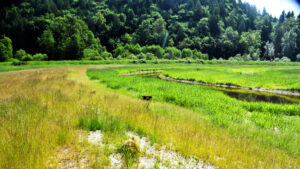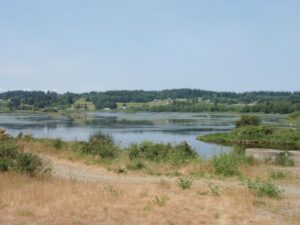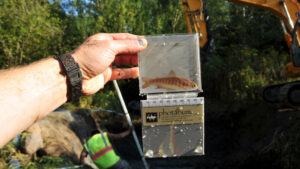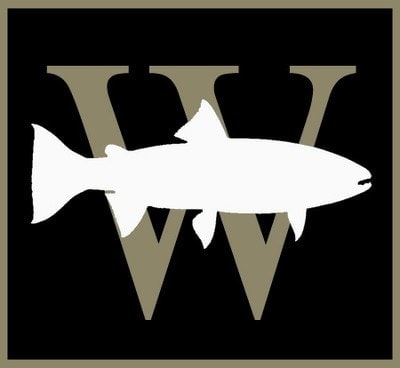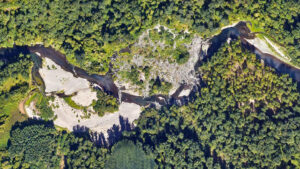
Chinook Bend-Tolt Large Wood Debris (LWD) Assessment
Wild Fish Conservancy worked with an environmental engineering firm to assess the feasibility of large wood (LWD) supplementation in the Snoqualmie River from its confluence with the Tolt River, downstream to Harris Creek near Chinook Bend Natural Area (River Mile 21-25). The assessment laid the foundation for conceptual designs that will detail instream LWD treatments in the Chinook Bend -Tolt reach of the Snoqualmie River. Public outreach was conducted to assess recreational boater usage in a 4-mile reach of the Snoqualmie River that is critical salmon habitat. The information gained from the public outreach was used to inform the design of conceptual Large Woody Debris (LWD) habitat restoration treatments in the reach.

